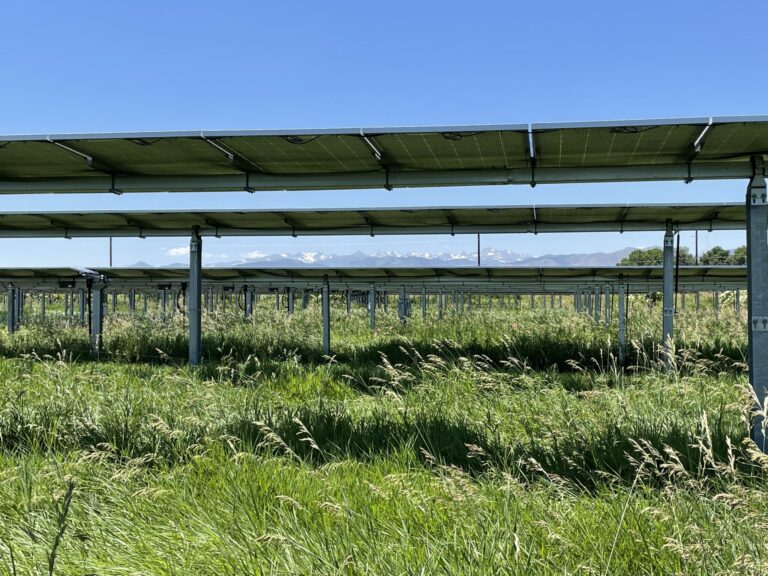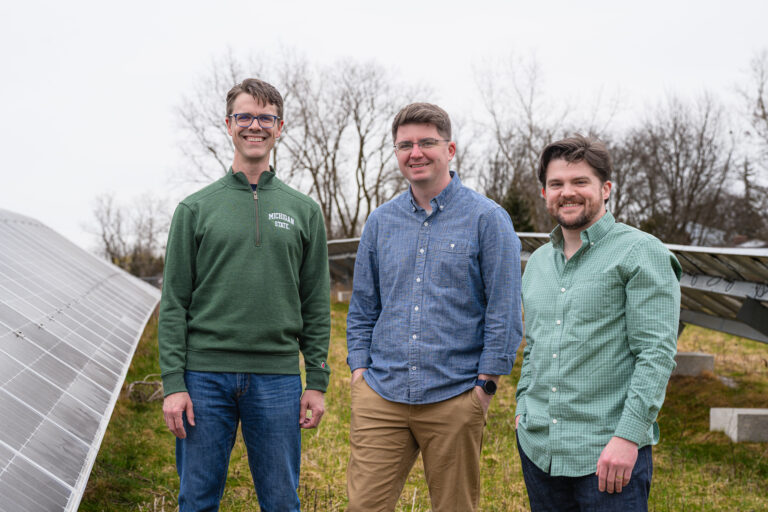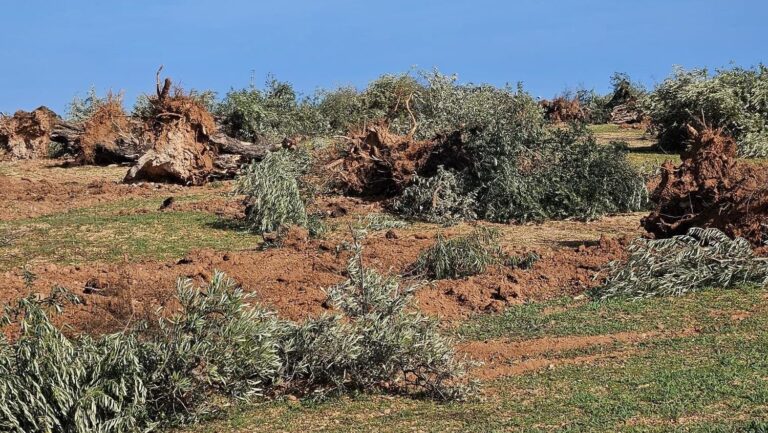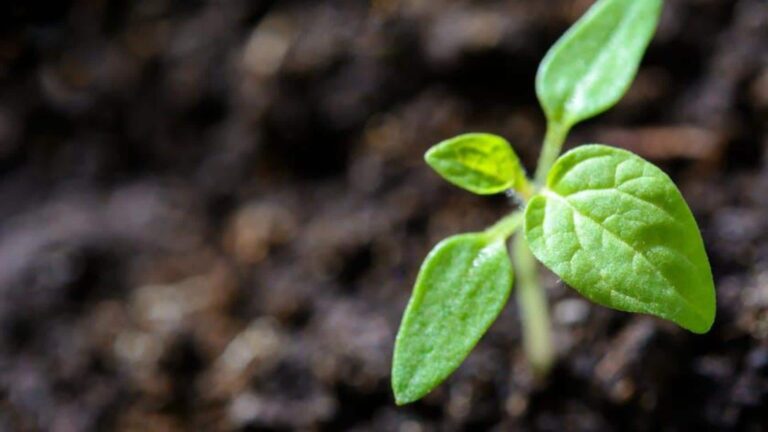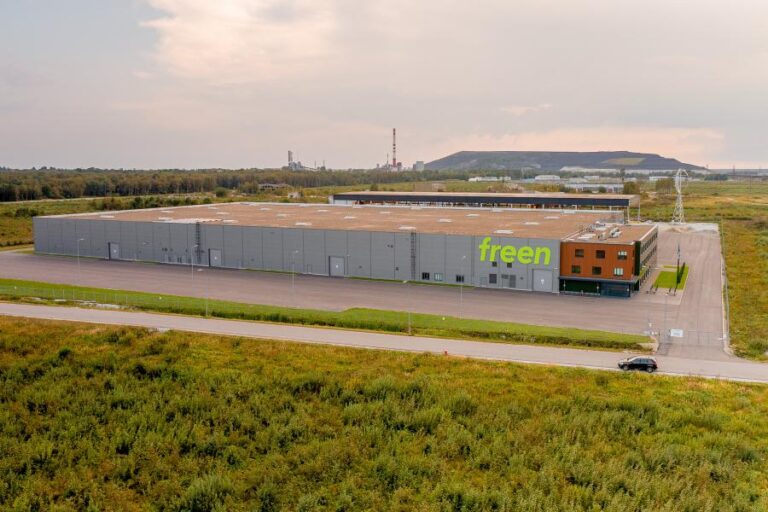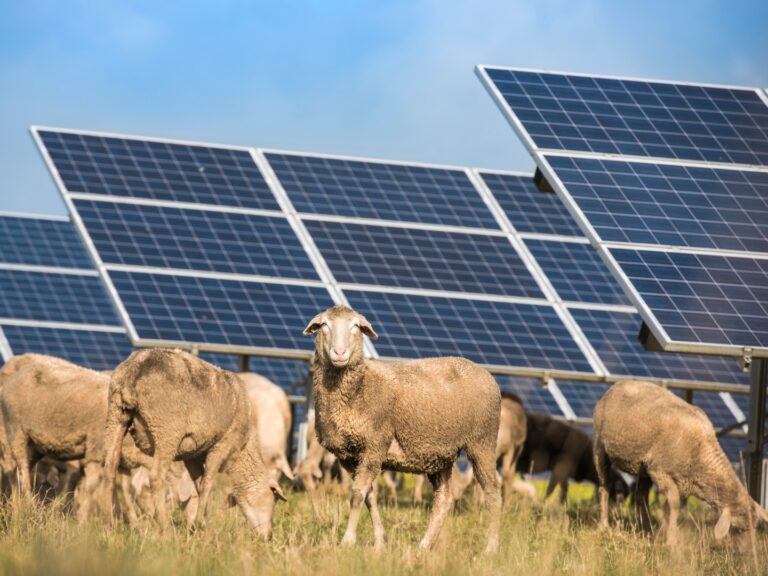Research shows how solar power systems can aid grasslands
New research from Colorado State University and Cornell University shows that the presence of solar panels in Colorado’s grasslands may reduce water stress, improve soil moisture levels and – particularly during dry years – increase plant growth by about 20% or more compared to open fields. The findings were published in Environmental Research Letters this…

